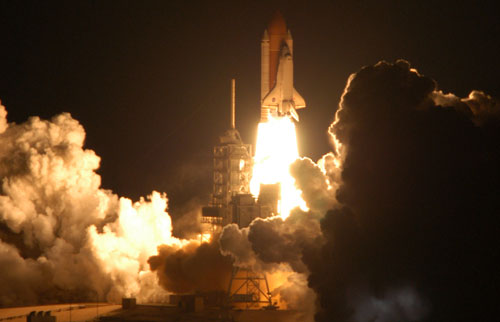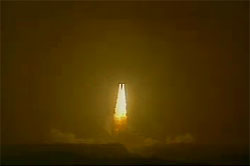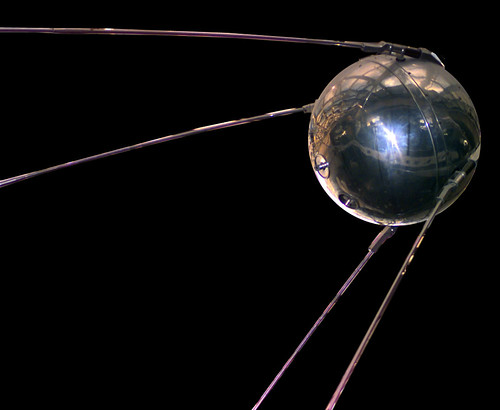IPTV Movin’ and Shakin’
Thursday, December 14th, 2006Longtime readers of Really Rocket Science know that we’ve been closely tracking the emerging (and soon to be explosive growth) in IPTV (see our posts here, here and here).
It’s expected that global household subscriptions to IPTV will leap from 2 million in 2005 to more than 34 million by 2010 — and with growth like that, you’d expect to see lots of players jumping into the game, or consolidating to form a larger team.
And indeed they are. Marketwire today carries a press release announcing that IPTV and advanced media services companies Auroras Entertainment, LLC and Broadstream Communications, Inc. have signed a Letter of Intent to merge following shareholder approval. The name of the combined entity will be Avail Media, Inc.
We heard this scoop a few days ago over at Fierce IPTV. From the press release:
Ramu Potarazu, formerly COO of Intelsat and now CEO of Broadstream, will become CEO of Avail. Diane Smith, Auroras’ CEO, will become President of Avail. Rounding out the executive team will be Jon Romm – EVP of Sales, Marketing and Business Development; Steve Bukowski – EVP, Integration and Operations; Mike Kazmier – EVP, Technology; and Ben Goux – CFO. Both Broadstream and Auroras will be wholly owned entities of Avail Media.
It’s interesting that Ramu Potarazu and Jon Romm, formerly of Intelsat, are playing key roles in this new venture, especially considering rumors that Intelsat has internally killed its IPTV service. One wonders if the new venture will lead Auroras to move off of Telesat’s satellite.
In related news, the progress of other IPTV ventures is less than encouraging.
And merger announcements aside, an obvious key to future IPTV success is content— and SES Americom has a clear lead in transport agreements with major content providers.
Nonetheless, we’ll continue to watch this space closely, and to bring you the latest news from the burgeoning IPTV market.
 International Launch Services
International Launch Services After a delay due to weather, the
After a delay due to weather, the  Sure, shuttle disasters and budget cuts have left a chip on its’ shoulder, but many are arguing that NASA has had, in the words of that
Sure, shuttle disasters and budget cuts have left a chip on its’ shoulder, but many are arguing that NASA has had, in the words of that 



 Well, this sure beats Al Capone’s vault.
Well, this sure beats Al Capone’s vault.